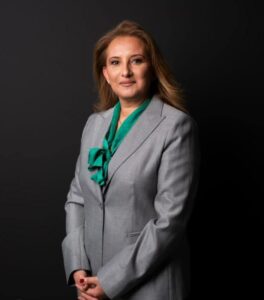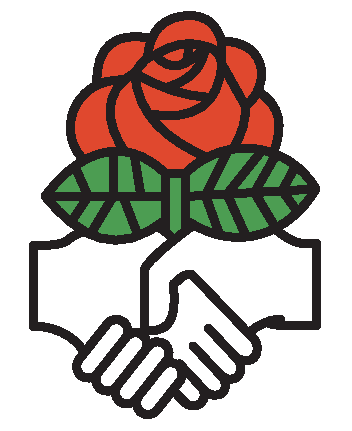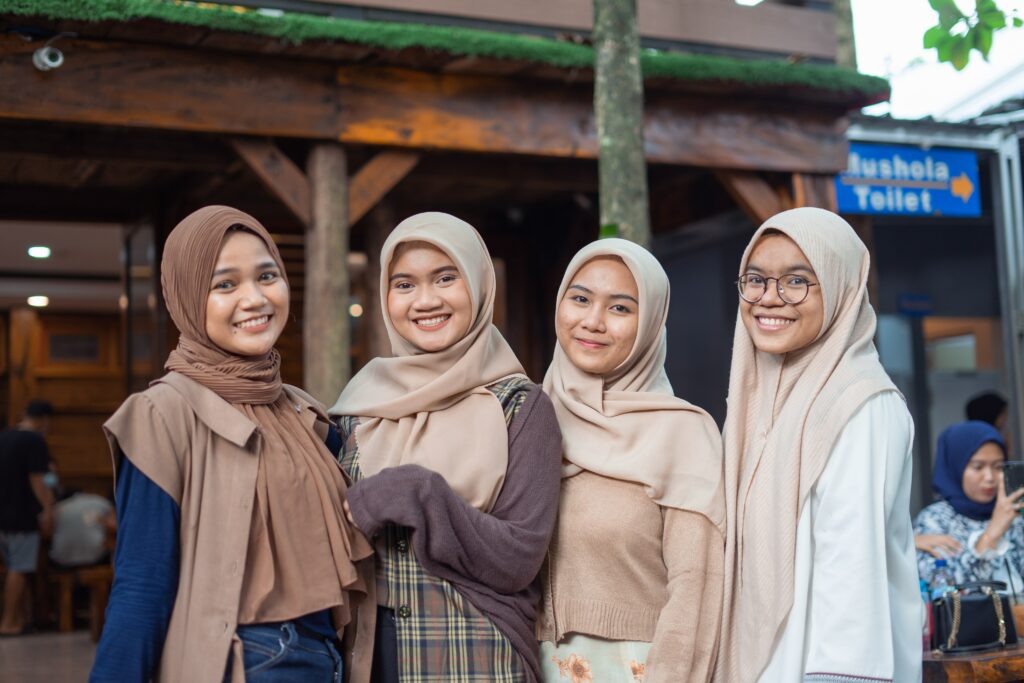Article by Hella Ben Youssef, SIW Vice-President for the Mediterranean North & South Region
 Gender equality has had achievements but segregation persists.
Gender equality has had achievements but segregation persists.
The notion of gender equality is put forward to designate equality between women and men. It describes a social situation in which women and men enjoy equal rights and opportunities, where the needs and aspirations of women and men are equally and indiscriminately valued and favoured. Both educational and professional provisions are supposed to achieve this requirement!
Gender equality was thus proclaimed very early on in the Scandinavian countries, real pioneers in this area. A stated objective to which all have clearly endorsed. We may therefore be surprised that, despite this general and long-standing consensus, such equality is still not achieved. Some researchers put forward the explanation that there is no agreement on the content of this equality, or on the way of implementing it. Still others point out that the shared rhetoric in force is not accompanied by real determination at all levels of society, resulting in the persistence of educational and professional segregation. There is obviously food for thought here, even if our own history, the political changes that have occurred, the developments and the social and cultural constraints are quite (not to say radically) different.
An approach according to the Nobel Prize winner ‘Dr. Amartya Sen’, because it is not enough that opportunities exist for them to be seized; inequalities between individuals are not assessed solely in terms of their endowments of resources but of their abilities to convert them into real freedoms and in terms of freedom of action and abilities to do! And this is where our cooperation has its full meaning, a cooperation which cannot be complete without a strong legislative and institutional context, at the international, regional and national level.
Moreover, if we look at the level of the Universal Declaration of Human Rights it states that “Transparent and responsible management and administration and sustainable development in all areas will only be possible if women have more power action and more autonomy and if they enjoy a better social, economic and political situation…”
Which leads me to note that women still face multiple discriminations, at different levels and the current geopolitical economic crisis in addition to the consequences of the COVID-19 pandemic have accentuated the impact and have shown us that vulnerable populations: children, young people, women and precarious workers are directly and firstly affected.
- We must therefore continue to evolve practices and legislation to eliminate the systemic obstacles that still put off citizens.
- We must strengthen gender equality in public planning and policies and strengthen change in the decentralization and local governance process and the mechanisms already in place.
A new global reality that worsens existing inequalities:
Climate change constitutes one of the most important challenges facing the international community today. The planet’s climate is changing, and more quickly than expected.
The impacts of climate change will vary by region, generation, age group, income group and gender. People who are already the most vulnerable and marginalised will experience the greatest impacts.
Women are increasingly seen as more vulnerable than men to the impacts of climate change, primarily because they represent the majority of the world’s poor and are proportionately more dependent on threatened natural resources.
Women face the greatest impacts of climate change, which contributes to amplifying gender inequalities by threatening their livelihoods, health and safety.
In many countries, women provide food, water and fuel. They are also the ones who mainly cultivate the fields, and are therefore more affected by major droughts and irregular rainfall.
As women farmers generally earn less from their work, they sometimes have to take their daughters out of school to provide additional labour.
By acting as a ‘threat multiplier’, climate change also contributes to increasing social, political and economic tensions in fragile and conflict-affected environments. Conflicts which too often increase domestic violence and sexual violence, as well as human trafficking.
When it comes to taking action, women and men often approach the fight against climate change differently. We observe that women generally adopt a more pragmatic approach, which aims to change the way things are done now to limit the impact on the planet, while men lean more towards researching new technologies that will allow them to maintain the same lifestyle.
These inequalities and differentiated impacts between the sexes therefore become fertile ground for putting women at the forefront of the fight against climate change.
Out of female solidarity, we must throw a spanner in the works in order to curb the devastating effects on women.
A problem on several levels: income, working conditions, leadership and participation.
There is unanimity today to improve women’s livelihoods in the context of climate change. This involves strengthening their adaptation by guaranteeing access, control and income opportunities for financial autonomy, as well as access to development resources.
Three issues must be distinguished: on the one hand, it is vital to
- Guarantee the conditions for economic participation for women and guarantee decent incomes.
- On the other hand, women should be considered as agents of change.
- Finally, it is important to strengthen women’s leadership in the fight against political change by ensuring a significant role in defining and implementing climate policies.
Gender is a subject of prime importance in the fight against climate change. Women are powerful agents of change, and the significant benefits of diversity and gender parity in leadership and decision-making are increasingly recognised in all spheres. While women lead frontline climate action and activism, they are underrepresented in environmental and climate decision-making at all levels.
This leads us to align with the United Nations Sustainable Development Goals (SDGs) such as SDG 5 “Achieve gender equality and empower all women and girls” but also SDG 13 “Take advantage of urgent measures to combat climate change and its repercussions”.
COP27 focused on implementation. Thus, after having defined the strategic frameworks, the years 2023-2030 will be those of implementing actions for adaptation and mitigation of the effects of climate change. Thus, it is necessary to take action and put in place adequate policies for the achievement of this just transition during COP28 and we hope so because many projects are being implemented today…but one scaling is necessary!
In conclusion, the gender issue is transversal in climate policies. It is of prime importance for achieving a just transition.
It is therefore a question of waging two simultaneous battles:
- At the international level, to mobilise the necessary climate finance
And
- At the local level so implementation benefit the local populations.

